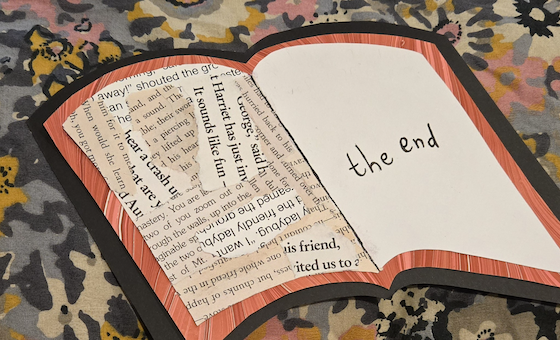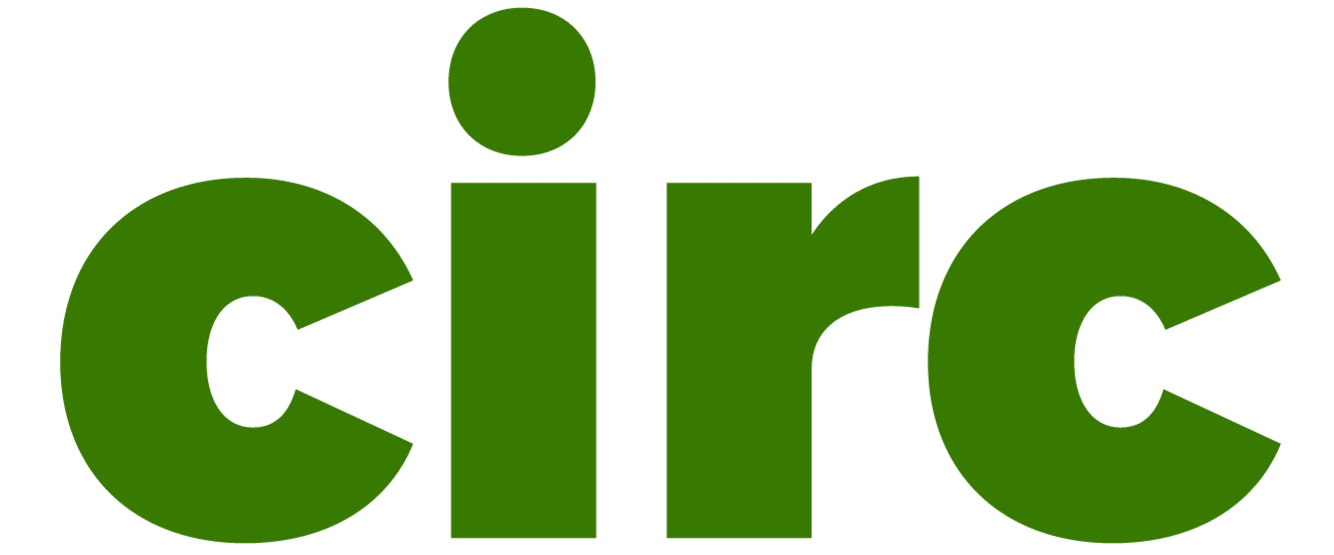By Laurie Miller Hornik
 “There is no real ending. It’s just the place where you stop the story.” – Frank Herbert
“There is no real ending. It’s just the place where you stop the story.” – Frank Herbert
Endings and Beginnings
This spring, older students will be celebrating graduation in “commencement” ceremonies, named after what they are beginning rather than what they are ending. We can bring this idea into middle school as well, not just at the end of middle school, but for all our middle school endings – the end of the year and even the end of a single class period. Endings can offer important opportunities.
When it comes to school, endings are all about what comes next. As teachers, we help our students learn and grow so they will be able to bring their new wisdom and skills and more mature selves forward to face their next challenges. Students can benefit from our making these moves more explicit. Here are two strategies for making endings really count.
Ending Class: Takeaways
I pack a lot into my 45-50 minute class lessons. Most days, students read, write, speak, and listen. They participate in group discussions and partner talks; they act out the texts we read; they create slides, posters, and charts. Each class is full of learning opportunities.
And then the class ends. Students amble or shuffle or gallop off to math or history or science. What will they remember from our work together?
I’ve tried various types of exit tickets over the years, but they generally left me with large stacks of paper slips and the sense that students were writing for my benefit instead of their own. Yes, I want to know what they learned; but more importantly, I want students to be aware of and in charge of their own learning.
This year, I tried something new: Takeaways. With 3-5 minutes left in class, I post a “Takeaway” slide on the board, such as this one:
What did you learn or what do you want to remember:
- from your work on your essay?
- about today’s vocabulary word?
- from listening to your partner describe their project?
- From the feedback you received from your peer reader?
The question frame is always the same, but the bullet points vary depending on what we did that day.
In their notebooks students record takeaways in response to one or more of the questions. Students who wish to can also share theirs aloud with the class. This is a great opportunity for a student who is trying to be more vocal in class to speak up in a low stakes way. It also gives students the chance to hear what their peers took away from that day’s class, showing them how different people can learn or be drawn to different aspects of the same class.
When I began daily takeaways, I wondered how students would react. Would they find them helpful? tedious? thought-provoking? After several months, students continue to seem genuinely excited to write takeaways, often sharing them enthusiastically.
Sometimes I prompt students to look back through their past takeaways and share a few out with their partner or with the class. The growing list of takeaways is a good reminder of how much students have learned so far this year and what they want to remember from our class.
Ending the Year: Schedule-Send an Email to Your Future Self
At a family conference this spring, a seventh grade student, his parents, and I were celebrating how far he’d come since the beginning of the year. It had been a rocky start, but by March he was on a roll in all of his classes: completing his work, pushing himself to do his best, and achieving success.
Finally, the student sighed. “I just wish that it hadn’t taken so long,” he said. “Last year in sixth grade I had figured a lot of stuff out about what I needed to do in school to be successful. But then the summer came and I forgot. So I had to figure it out all over again.”
We thought together about this important reflection and what the student could learn from it. What if he could better hold onto what he learned about himself this year?
I suggested that he write his future self a letter. This is not a new idea. My own (now adult) children often received letters their teachers had them write to their future selves. I remember writing letters to my future self as well back when I was a student. But this letter would be different in two key ways:
Image by Shiva Codes from Pixabay
First, the student would write himself a letter with specific advice about how to be successful in school next year. It would include details and examples – the more specific the better. The letter would have a clear, learning-related purpose.
Second, the student would write it as an email and set it to schedule-send at a day and time of his choice. This would give him more agency and cut out the teacher as the go-between.
I’m excited to have all my students try this out this spring. First we’ll brainstorm as a class about what kinds of strategies and reminders could be helpful to our future selves: things like using planners, setting up work spaces, getting to know their new teachers.
I’ll share a letter I write to myself as a model. Then each student will write their own letter. They won’t have to show it to me, but they can if they want help with it.
We’ll talk about when their future self might like to receive the email: The night before school starts? The week before? Or maybe a week or so into the year? What time of day would be best for it to arrive? What might their future self like the subject line to read?
Using schedule-send (here’s the how-to for Gmail) will be a new skill for most, if not all, of my students. After I teach them how to use it, we’ll talk about other situations in which they might find it helpful. When else might they want to schedule-send themselves a note?
I have a colleague who uses schedule-send to send herself daily affirmations. She told me she often finds these helpful and is grateful to her past self for thinking of her. And who else might it be helpful to schedule-send emails to?
The End…For Now
Middle schoolers by definition are in the “middle.” But they have endings too – ends of school years and ends of class periods. Each of these endings is an opportunity for them to recognize their own learning and growth and carry that forward to what comes next.
Laurie Miller Hornik is a K-8 educator with over 30 years of experience. Currently, she teaches seventh grade English at the Ethical Culture Fieldston School in NYC. Laurie is the author of two middle-grade humorous novels, The Secrets of Ms. Snickle’s Class (Clarion, 2001) and Zoo School (Clarion, 2004). She publishes humor in Slackjaw, Belladonna Comedy, Frazzled, and on her own Substack called Sometimes Silly, Sometimes Ridiculous. She also creates mixed media collages, which she shows and sells locally and on Etsy.


